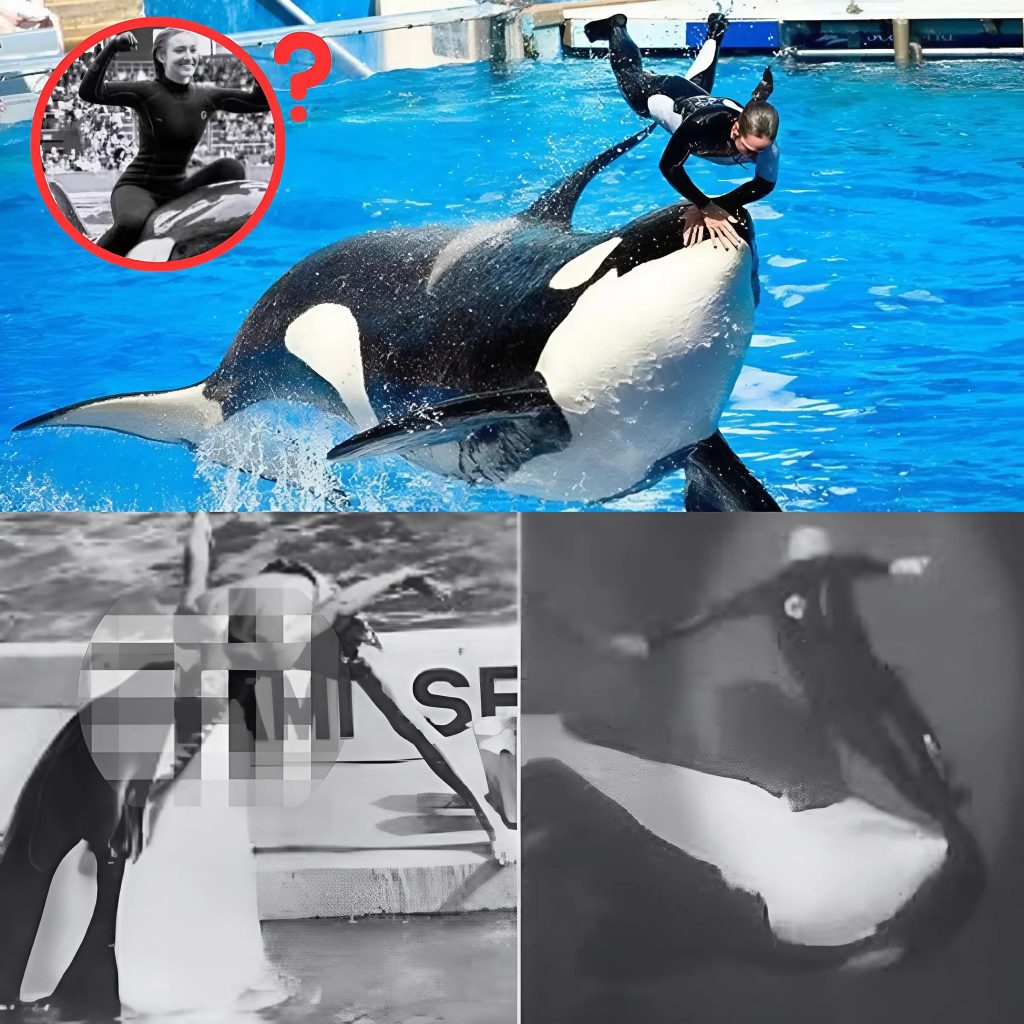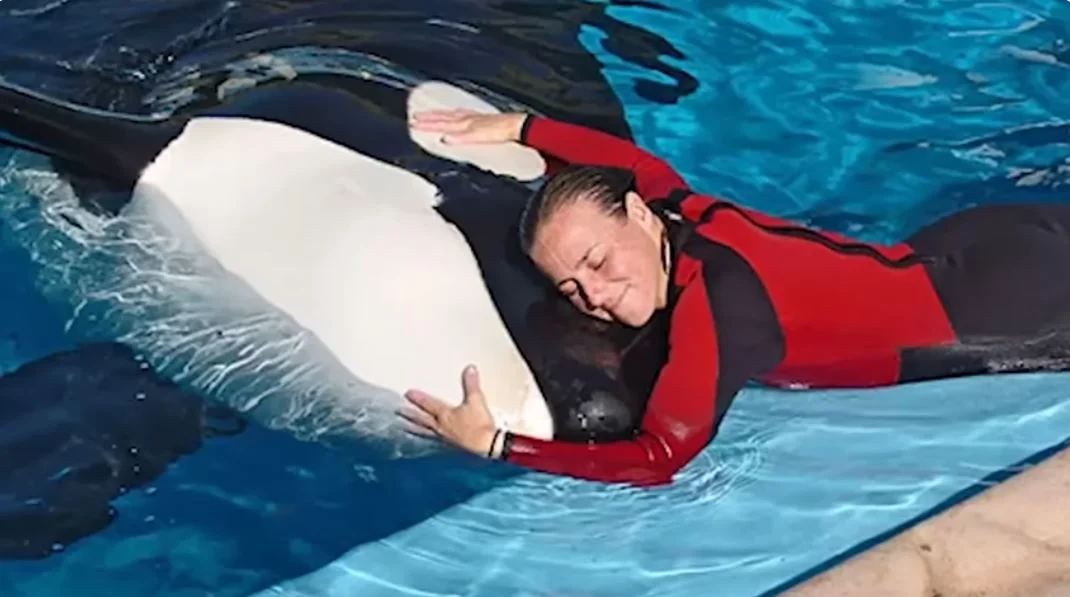
After Radcliffe, another orca dies – another tragedy behind the walls of SeaWorld…see more! The news has once again shaken animal welfare advocates, marine biologists, and concerned citizens around the world. The death of yet another captive orca has sparked fresh outrage over the controversial practice of keeping these intelligent marine mammals in confined environments for human entertainment. While the exact details of the most recent death are still emerging, parallels are quickly being drawn to the case of Radcliffe, whose passing just months ago raised serious questions about SeaWorld’s animal care standards and the long-term consequences of captivity. The pattern is becoming difficult to ignore, and with every loss, the debate grows louder, more emotional, and more urgent.

Orcas, also known as killer whales, are apex predators with complex social structures, advanced communication abilities, and the capacity for long-distance travel across vast oceans. In the wild, they can live for decades, with females often reaching 80 or more years and males averaging around 50. In captivity, however, these lifespans are often drastically shortened, and their quality of life is heavily compromised. Orcas in marine parks are restricted to tanks that, no matter how large they may seem to visitors, represent only a minuscule fraction of the space these creatures would roam in the wild. The physical confinement, combined with limited social interaction and an artificial diet, can lead to a host of health problems including collapsed dorsal fins, tooth decay, stress-related illnesses, and abnormal behaviors rarely seen in nature.
Radcliffe’s death was a wake-up call for many, revealing the disconnect between SeaWorld’s public image and the reality behind its glass walls. His story highlighted concerns about veterinary oversight, mental stimulation, and the impact of repeated separations from family members. The recent loss of another orca adds to an already troubling list of fatalities and raises questions about whether any improvements have been made since Radcliffe’s passing. For years, SeaWorld has faced criticism from activists, documentaries like Blackfish, and even former trainers who have spoken out about the ethical dilemmas of marine mammal captivity. Despite these controversies, the company has continued to defend its programs, often pointing to its rescue operations and educational efforts as evidence of its positive contributions to marine life awareness.

Critics argue that while rescue work is commendable, it does not justify the ongoing captivity of healthy orcas bred or acquired for entertainment. The conditions within marine parks can never replicate the complexity of the ocean environment, and attempts to simulate it with artificial enrichment are limited at best. Furthermore, psychological distress in orcas often manifests in aggression, lethargy, or repetitive patterns of movement known as stereotypies—clear indicators that their needs are not being fully met. For many observers, each new death is not an isolated incident but part of a systemic issue inherent to the concept of keeping orcas in tanks for human amusement. The ethical debate has shifted over the years from whether captivity can be done well, to whether it should be done at all.
Public sentiment is evolving, and with each high-profile death, pressure mounts on marine parks to change their approach. Several countries and states have already enacted laws banning the breeding and performance use of captive orcas, signaling a shift in societal values. Even some aquariums that once housed orcas have transitioned toward sanctuary models, allowing animals to live in larger, more naturalistic sea enclosures while still receiving human care when needed. The growing body of research on cetacean intelligence and emotional complexity only strengthens the argument that these animals deserve environments that meet their physical and psychological needs. SeaWorld, in particular, stands at a crossroads—either embrace genuine reform and explore sea sanctuary partnerships, or continue facing public backlash, declining attendance, and reputational damage.

The death following Radcliffe’s loss is more than just another headline—it is a reminder of the cost of entertainment when it comes at the expense of living beings with rich emotional worlds. Behind every tank wall is a story of separation from family, of instincts left unfulfilled, and of lives cut short. The growing awareness among the public is shaping a future where compassion and science may finally outweigh profit-driven spectacle. For now, the orcas still inside SeaWorld remain ambassadors for a broader conversation about how humanity treats the most intelligent non-human species on our planet. Their plight is a call to action for those who believe the ocean, not a concrete pool, is where these magnificent creatures truly belong. Until that vision becomes reality, each death will not only mark the end of a life but will also serve as a rallying cry for change.